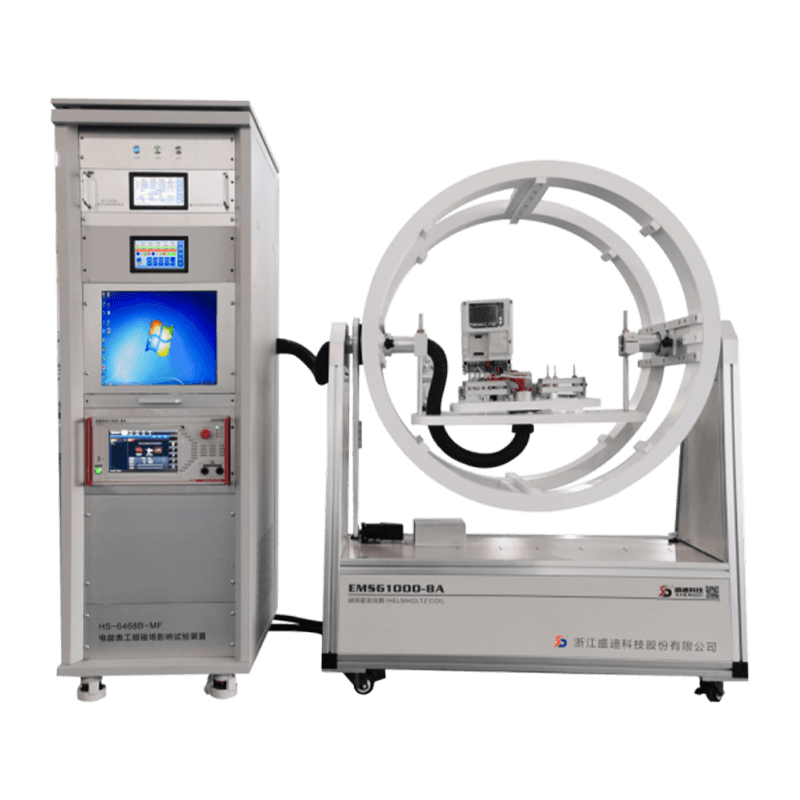Electromagnetic measuring instruments are used for studying electrical objects and characteristics. They can measure voltage, resistance and power. Their main purpose is to identify and compare different data in order to determine how a particular element is performing. The measured data is then analyzed in order to determine its amplitude, frequency content, phase and other properties.
Measuring instruments are often handheld, but there are some that are embedded in wireless sensor networks. They allow users to quickly and easily make measurements, whether it's to determine the level of electrical energy in a home or workplace, or to determine the location of an object, such as a telephone pole.
Electrical measuring instruments are divided into two categories - static and dynamic. Static electrical measuring instruments are used to study the electric properties of an object, while dynamic instruments are designed to measure and display the magnitude of an electrical current or voltage.
A typical electromagnetic measuring instrument is a multimeter. Multimeters have several measurement functions - voltage, current, resistance and capacitance. However, their use is limited by the need to perform calibration. This requires two samples of known thickness. Once the instrument is calibrated, it can be used for basic fault finding and field service work.
Another type of electromagnetic measuring instrument is an EMF meter. It is similar to a radio antenna, but is able to detect AC electromagnetic fields. It is possible to find both single and tri-axial EMF probes. Generally, the single axis probes are less expensive and require fewer steps in the measurement procedure. On the other hand, the tri-axis ones tend to be more costly and require more steps.
In addition to measuring the electrical properties of an element, electromagnetic measuring instruments can also be used to measure distance. These devices are commonly referred to as electronic distance measurement instruments. Some of these instruments include: Tellurometer, Geodimeter, and airborne systems.
Other types of electrical measuring instruments are those that measure the thickness of an element. An eddy current technique is widely used to measure the thickness of electrically conducting materials. However, it is time-consuming and requires extensive calibration standards. For this reason, some people prefer to use a voltmeter instead. Voltmeters are used to determine the potential difference between two points of a closed electrical circuit.
Alternatively, an ohmmeter is a device that records the electrical resistance of an element. In addition, a capacitance is also a unit of measurement. Capacitance is the charge storage capacity of an element in an electrical circuit.
EMF meters are designed to measure the change in electromagnetic field over a given period of time. They are useful for measuring the density of electromagnetic radiation in the atmosphere, as well as the concentration of EMFs in a particular area. Depending on the instrument, these measurements may be made directly or via a receiver antenna.
A third type of EMF measurement instrument is a spectrum analyzer. This instrument displays the parts of an electrical signal as well as the spectral range of the signal.
